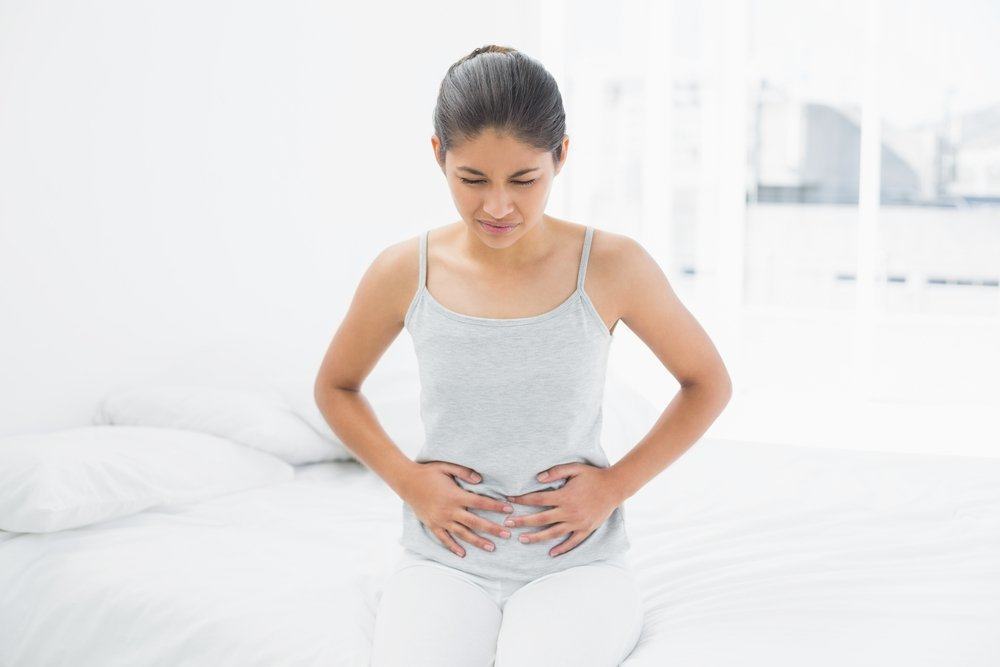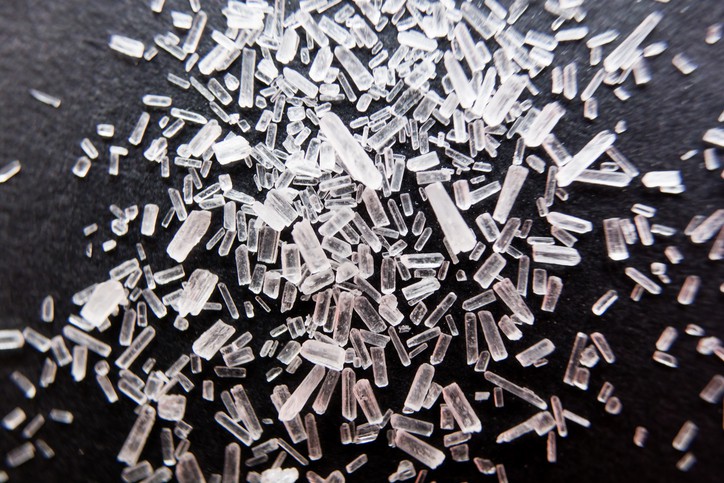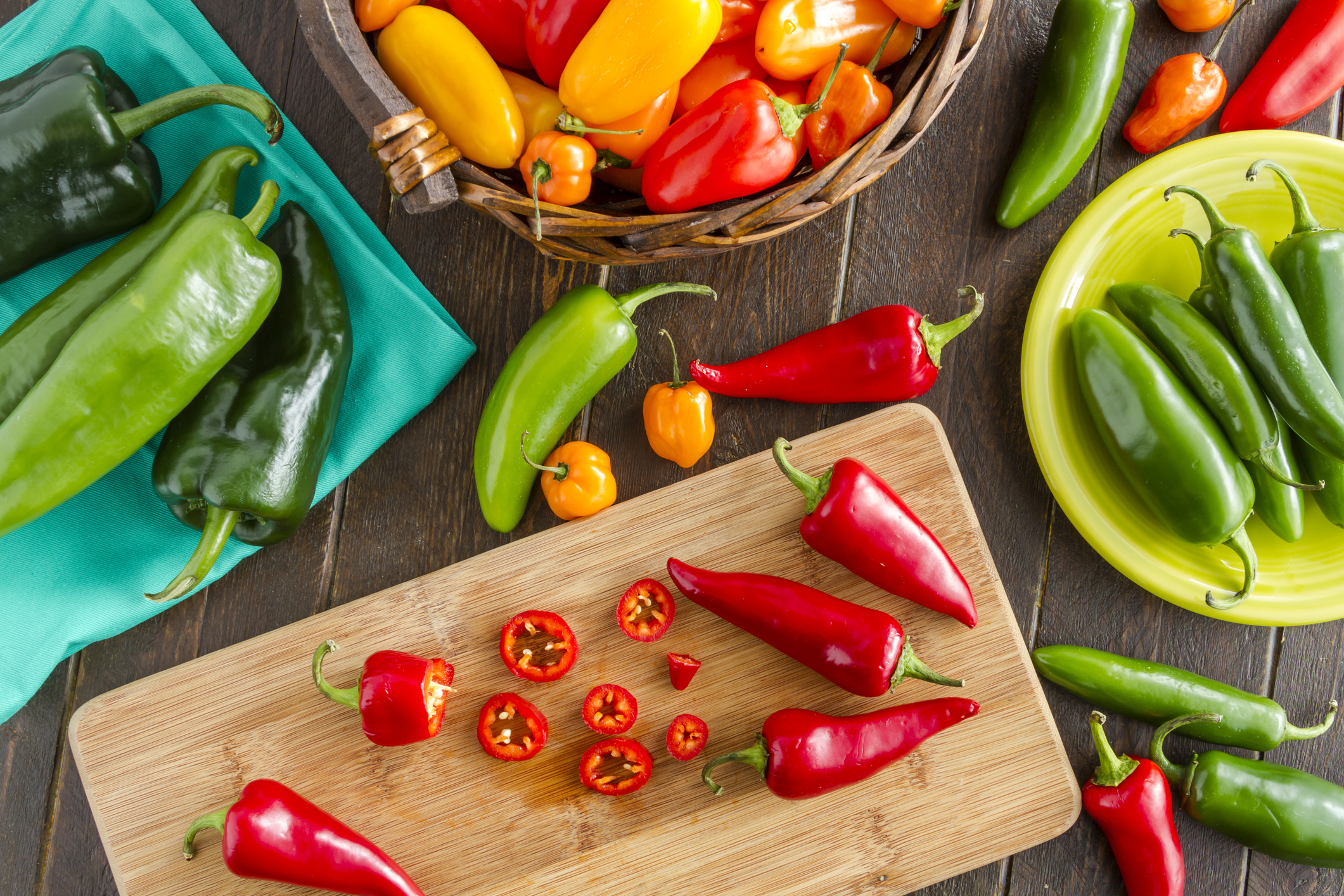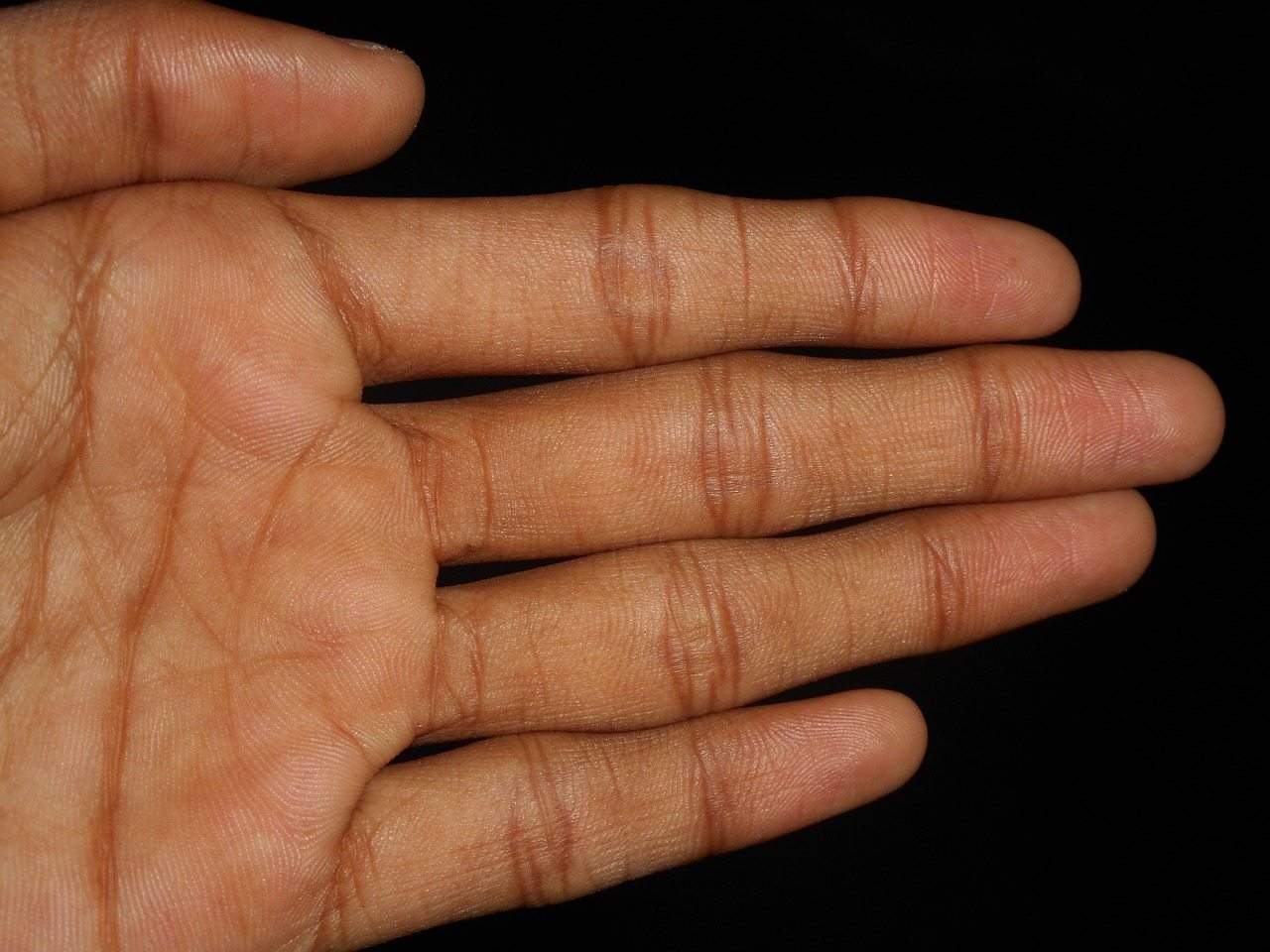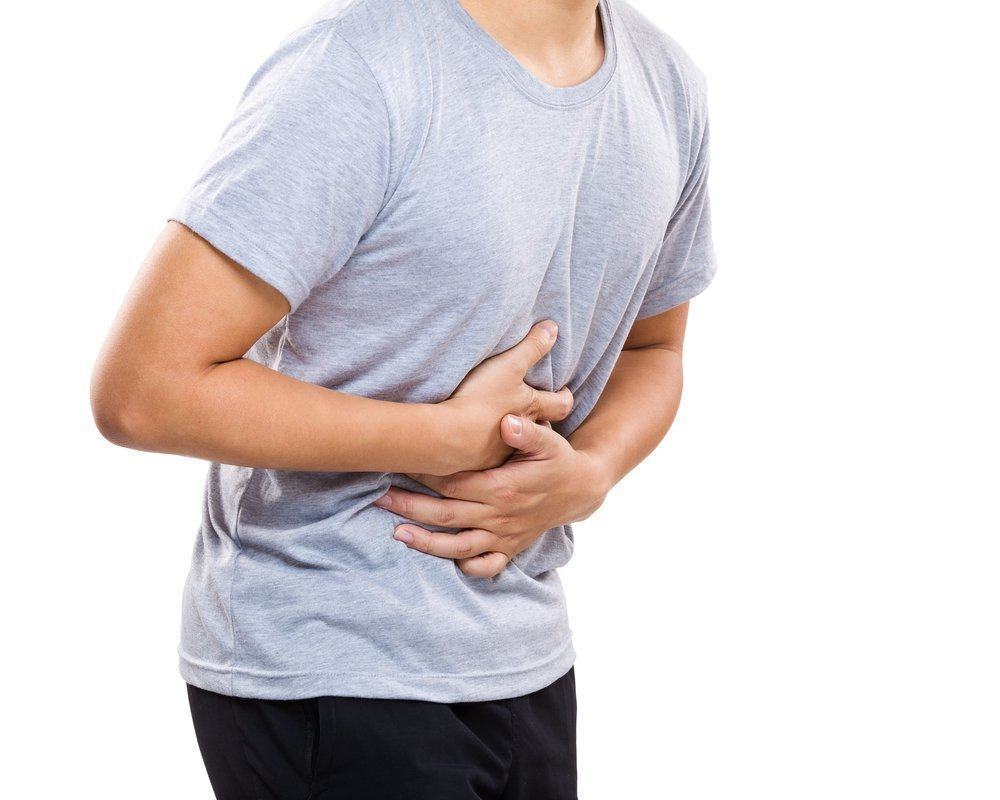Contents:
- Medical Video: What it’s Like to Get a Kidney Stone Ultrasound
- Differentiate the type of stomach pain based on the cause
- Abdominal pain due to gas buildup
- Abdominal pain due to kidney stones
- Stomach ache due to appendicitis
- You must pay attention
Medical Video: What it’s Like to Get a Kidney Stone Ultrasound
Stomach ache is a natural thing that happens everyday. You may experience abdominal pain when you wake up, after eating certain foods, or when you are stressed. There are two types of abdominal pain, acute and chronic abdominal pain. This type of acute abdominal pain is a pain that appears suddenly and intensely. Acute abdominal pain usually makes a person need immediate help with both medication and surgery. While chronic abdominal pain is usually not as severe as acute abdominal pain, the duration of pain lasts longer and can disappear and then reappear. Acute abdominal pain is usually caused by acute pancreatitis, appendicitis, gallstones, or injuries to the stomach and intestines. While chronic abdominal pain is usually caused by constipation, diarrhea, diverticulosis, gastritis, or gastric acid reflux.
Differentiate the type of stomach pain based on the cause
Abdominal pain due to gas buildup
This can be the most common type of abdominal pain. The reason is the accumulation of gas in the stomach. Gas is formed when bacteria in the large intestine react and ferment with carbohydrates that are not digested by the small intestine. Some causes of gas formation are:
- You eat too much high-fiber food.
- You swallow air. When eating or drinking, air can also enter into the digestive system.
- Intolerance to certain types of food can also cause gas formation, such as intolerance to dairy and gluten products.
- Other health conditions such as constipation, diverticulosis, Crohn's disease, and others.
- Excess gas can also be a symptom of abnormal bacterial growth in the small intestine, this condition can occur in those who suffer from diabetes.
But the onset of pain usually occurs when the gas formed in this intestine is not removed. Some of the characteristics of this type of abdominal pain are:
- You dispose of gas continuously both consciously and unconsciously.
- Pain that is sharp or feels like cramps in the abdomen. This pain can appear in any part of the stomach, can move anywhere, and the diseased part of the stomach can change and loss occurs quickly.
- The feeling of twisting in the stomach.
- Stomach bloated and feels tight.
The pain caused by this type of stomach pain can sometimes be mistaken for a heart attack, gallstones, and appendicitis. Although not a serious condition, you are advised to immediately see a doctor if your stomach aches are accompanied by bloody bowel movements, changes in color, frequency and consistency of stool, chest pain, sudden weight loss, nausea and vomiting continuous, and if you experience abdominal pain for a long period of time.
Abdominal pain due to kidney stones
If you suffer from kidney stones, the symptoms may only appear when the stone experiences movement in the kidney or moves towards the urinary tract. Symptoms of kidney stone pain are:
- Pain in the sides and back of the abdomen especially below the rib cage.
- Pain that spreads from the lower part of the abdomen to the groin.
- Pain comes like a wave, and the intensity increases.
- Pain when urinating and the color of urine turns red, pink, or brown. In addition, the color of urine also smells bad and constantly feels like urinating or the amount of urine produced is very little.
Stomach ache due to appendicitis
The appendix is swelling that occurs in the appendix which is part of the extension of the large intestine. Appendicitis is a medical emergency that requires immediate action because if left unchecked, the part of the appendix that has inflammation can rupture and spread infection to the other abdomen. If this has happened, the lining of the stomach will become inflamed and can be fatal. The main feature of abdominal pain in appendicitis is pain that occurs in the lower right part of the stomach. But pain does not necessarily occur in the lower abdomen. This pain can start from the top of the abdomen and does not feel too painful, but over time the pain moves to the lower right and gets worse.
In addition to pain in the lower right abdomen, people with appendicitis also usually experience decreased appetite, nausea, vomiting, swelling in the abdominal area, fever, and not being able to get rid of the wind. Not infrequently the pain also occurs in the upper or lower abdomen, even to the back to the rectum or anus.
You must pay attention
If the pain in your stomach is also followed by the things below, then you should immediately see a doctor.
- The pain is very very and unbearable, making you unable to do any activity at all.
- The pain lasts for several hours.
- Pain is followed by bleeding from the vagina especially when you are pregnant, or pain also occurs in the scrotum if you are male.
- Vomiting, vomiting blood, and shortness of breath.
- Pain radiates to the chest, neck, and shoulders.
- You have fever, excessive sweating, pallor, cannot urinate, defecate, or dispose of the wind.
READ ALSO:
- 6 Ways to Overcome Stomach Cramps and Menstrual Pain During Menstruation
- Retaining Defecation Can Have Fatal Effects
- What Happens If Eating Fruit Too Much?

